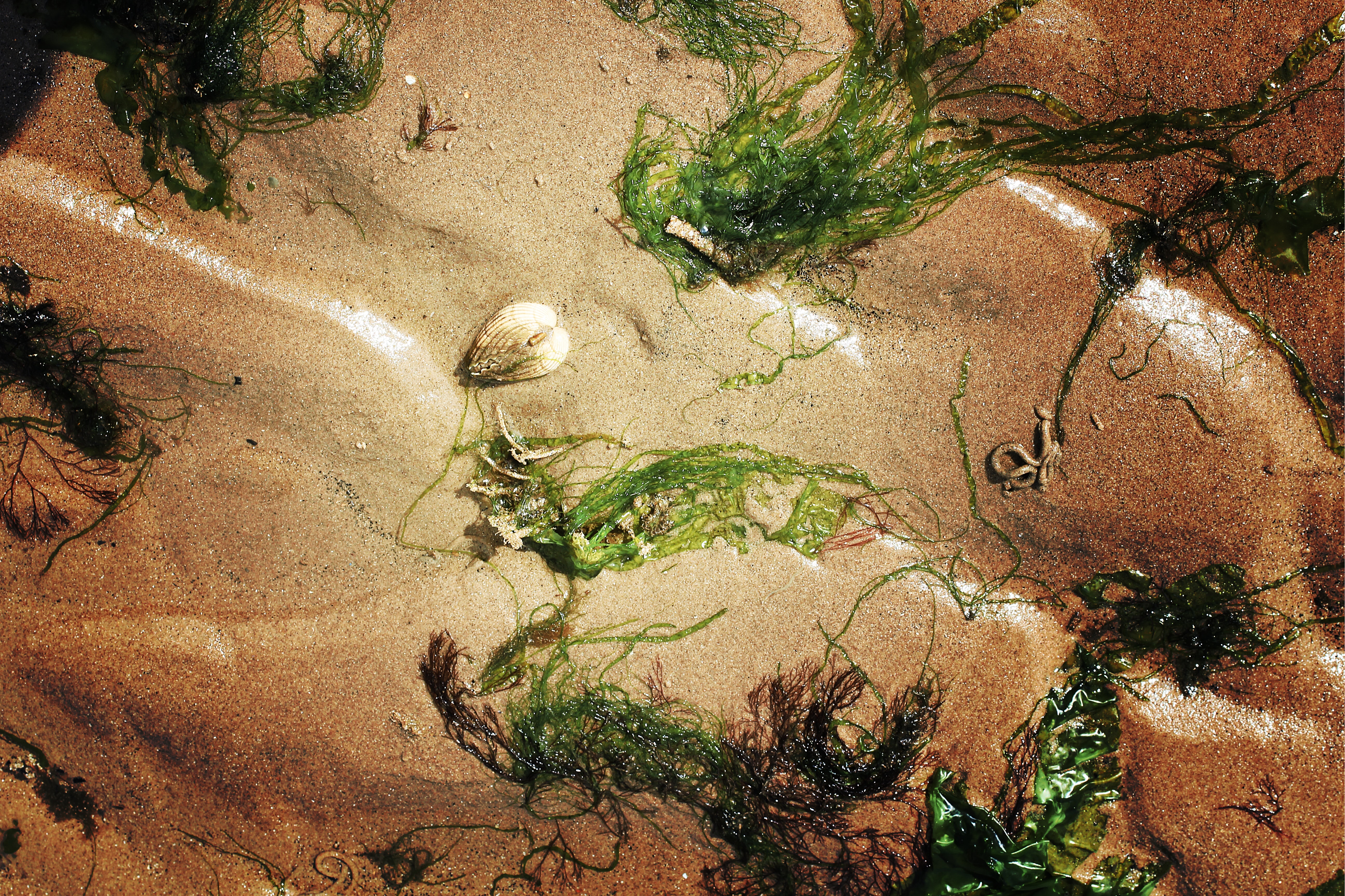Notes
1
Arundathi Roy, The Ministry of Utmost Happiness (Knopf, 2017), 442.
2
Maggie Nelson, The Argonauts (Graywolf Press, 2015), 101–2.
3
Kim Turcot DiFruscia, “Shapes of Freedom: A Conversation with Elizabeth A. Povinelli, e-flux journal no. 53 (March 2014) →.
4
Lauren Berlant, Cruel Optimism (Duke University Press, 2011).
5
Leanne Simpson, Islands of Decolonial Love (Arp Books, 2015), 103.
6
A reinterpretation of a fragment from Elizabeth Bishop’s poem “The Map” (1934).
To Lizzy Cancino. Thank you to my friend Ruth Ovseyevitz for helping out with my reproductive tasks so I could finish this text.
© 2019 e-flux and the author
